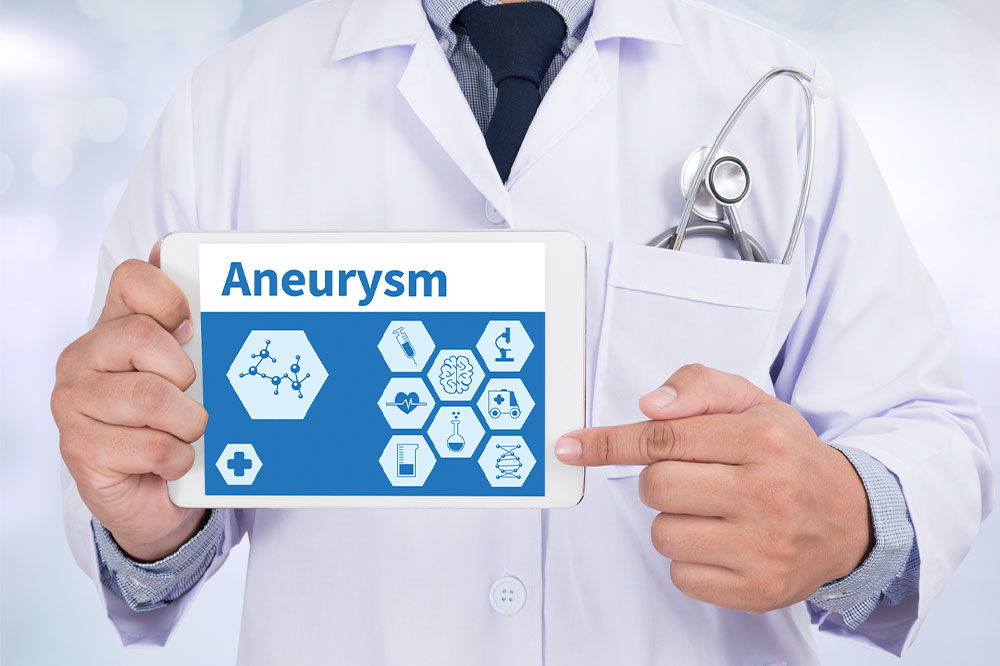
Recognizing the signs and causes of aneurysms
An aneurysm is a potentially dangerous condition characterized by the bulging or swelling of a weakened blood vessel wall. It can occur in various parts of the body, with the most common types being cerebral aneurysms (occurring in the brain) and aortic aneurysms (occurring in the aorta). Once they develop, aneurysms can remain undetected until a rupture occurs, leading to severe complications. In this article, we will elucidate on aneurysms causes, symptoms, and management options.
Causes
Weak blood vessel walls
Weakened walls of blood vessels can be congenital (present at birth) or acquired over time due to factors such as aging, high blood pressure, and atherosclerosis (the buildup of fatty deposits in the arteries).
Trauma
Aneurysms can be caused by trauma to the blood vessels, such as injuries sustained in accidents or certain procedures.
Infections and inflammatory conditions
Infections or inflammatory conditions that affect blood vessels, such as vasculitis, can increase the risk of aneurysms.
Signs and symptoms
Pain or discomfort
Persistent or sudden-onset of pain in areas like the head, chest, abdomen, or back.
Pulsating sensation
Feeling a throbbing or pulsating sensation near the site of the aneurysm.
Headaches
Severe or recurrent headaches, particularly if they are different from usual headache patterns.
Vision changes
Blurred or double vision, drooping eyelids, or other visual disturbances.
Difficulty speaking
One may experience slurred speech or may have difficulty finding the right words.
Numbness or weakness
Numbness or weakness in the legs, arms, or face is often experienced on one side of the body.
Loss of consciousness
Fainting or loss of consciousness can occur if an aneurysm ruptures.
Management methods
The ways to manage an aneurysm depend on various factors, including the location, size, and risk of rupture. Common treatment approaches include:
Watchful waiting
For minor aneurysms that are not causing symptoms or growing rapidly, a healthcare provider may recommend regular monitoring through imaging tests and managing any underlying conditions that contribute to the aneurysm’s development.
Surgical intervention
Surgical procedures may be recommended to repair or remove the aneurysm. This can involve open surgery, where the affected blood vessel is assessed directly. Endovascular repair is another option, wherein a catheter is inserted into the blood vessel to place a stent or coils to strengthen the weakened area.
Embolization
In certain cases, a technique called embolization may be employed. This involves using tiny metal coils or synthetic materials to block blood flow to the aneurysm, promoting its shrinkage and reducing the risk of rupture.
Lifestyle modifications
Adopting a healthy lifestyle is essential for managing aneurysms and reducing the risk of complications. This includes regular exercise and managing stress.
Education and support
Aneurysm patients and their families can benefit from education and support groups that provide information, resources, and emotional support.
Aneurysms can pose serious health risks and require prompt medical attention. Recognizing the signs and symptoms of aneurysms, understanding their causes, and exploring available treatment options are crucial steps towards effectively managing this condition. Regular check-ups, lifestyle modifications, and adherence to prescribed medical guidance can help reduce the risk of aneurysm growth and rupture.




